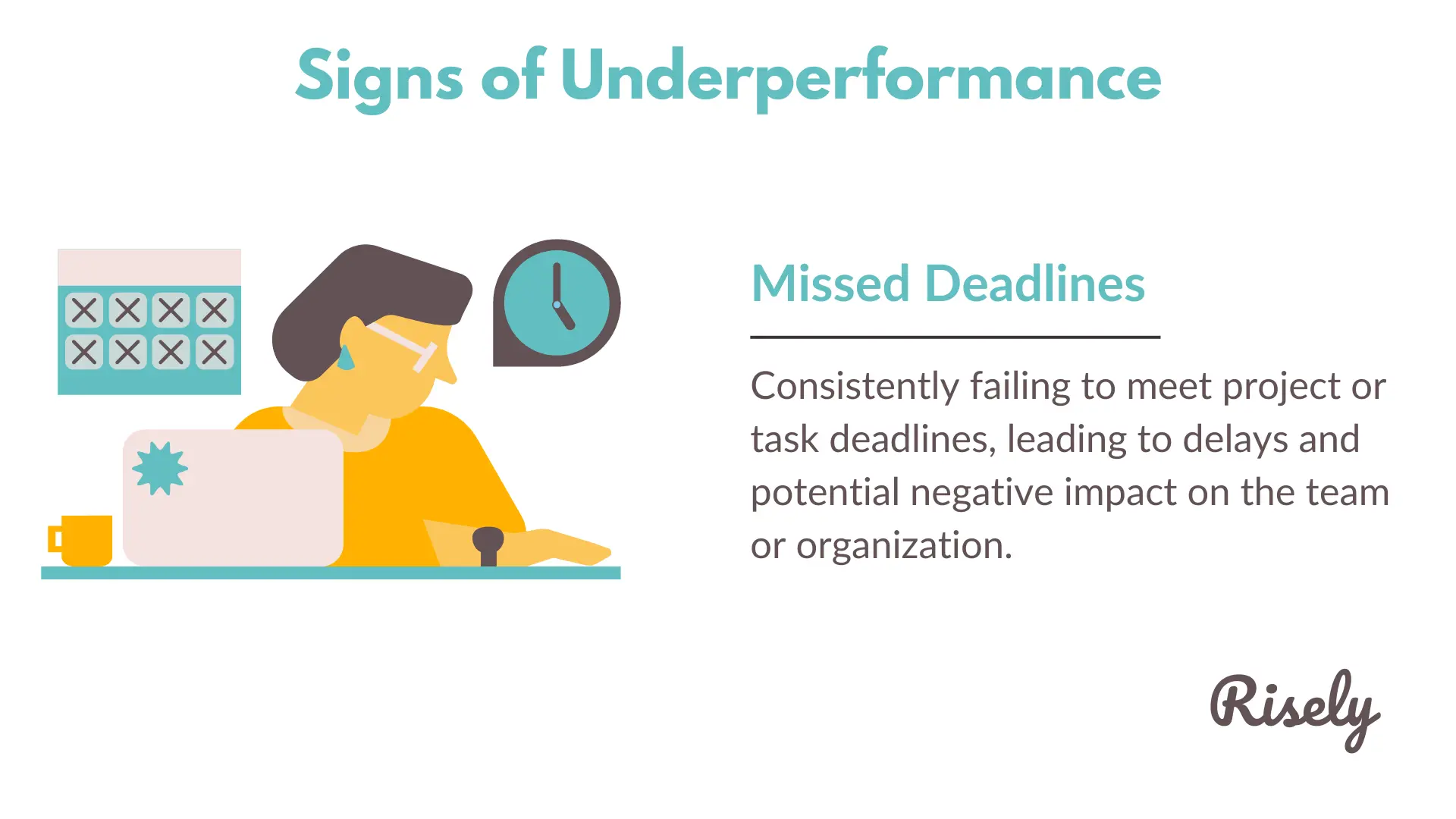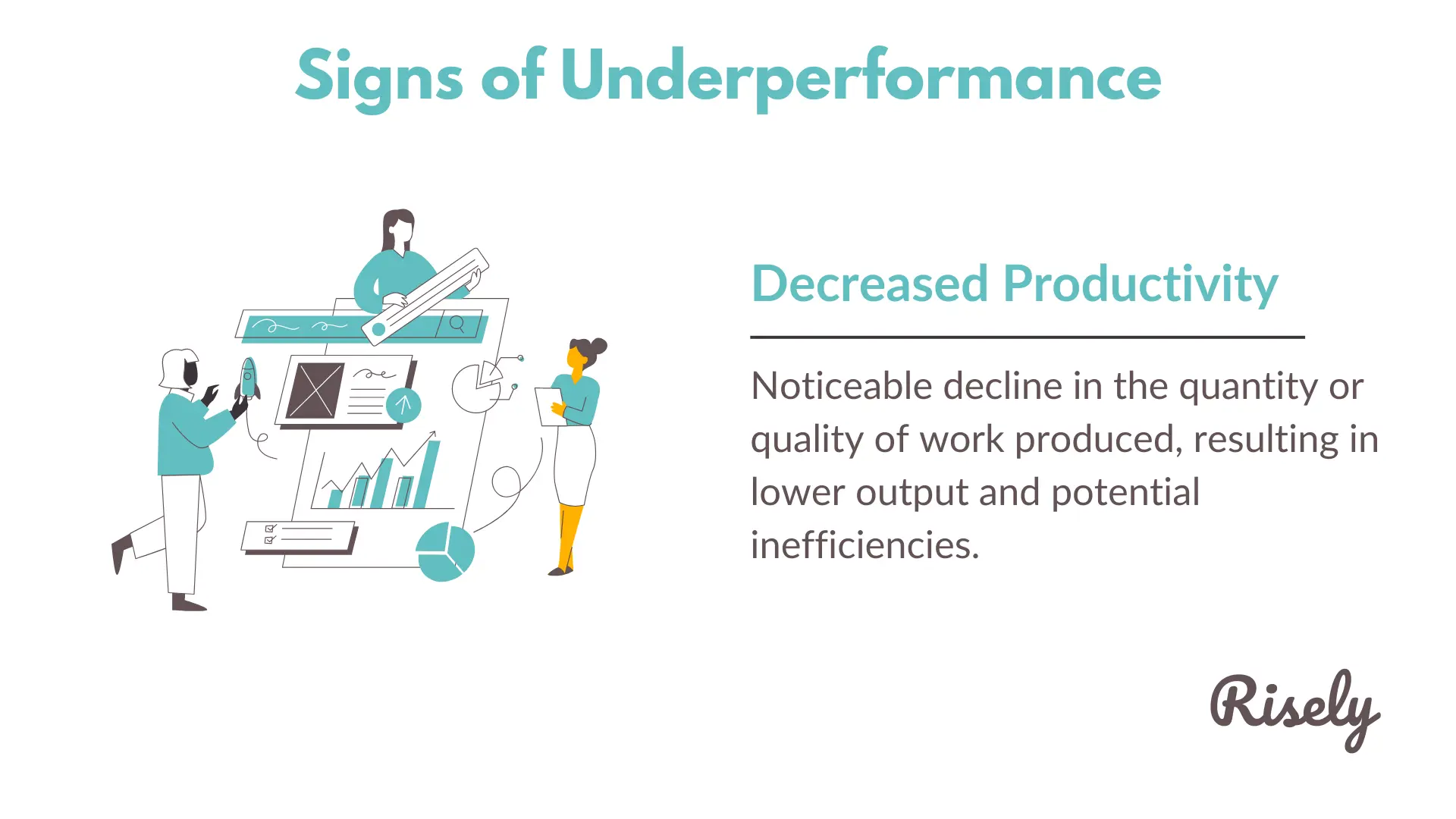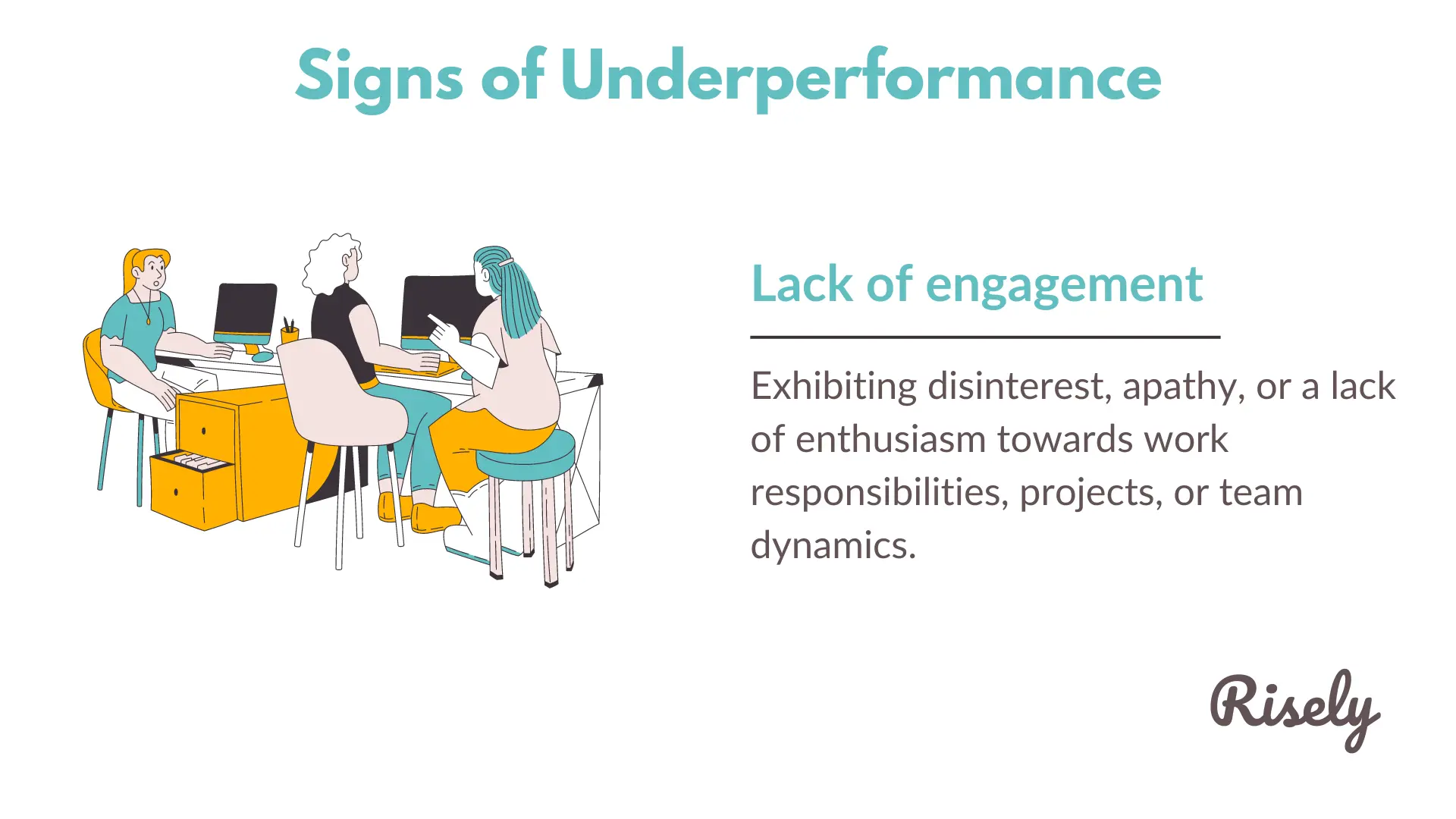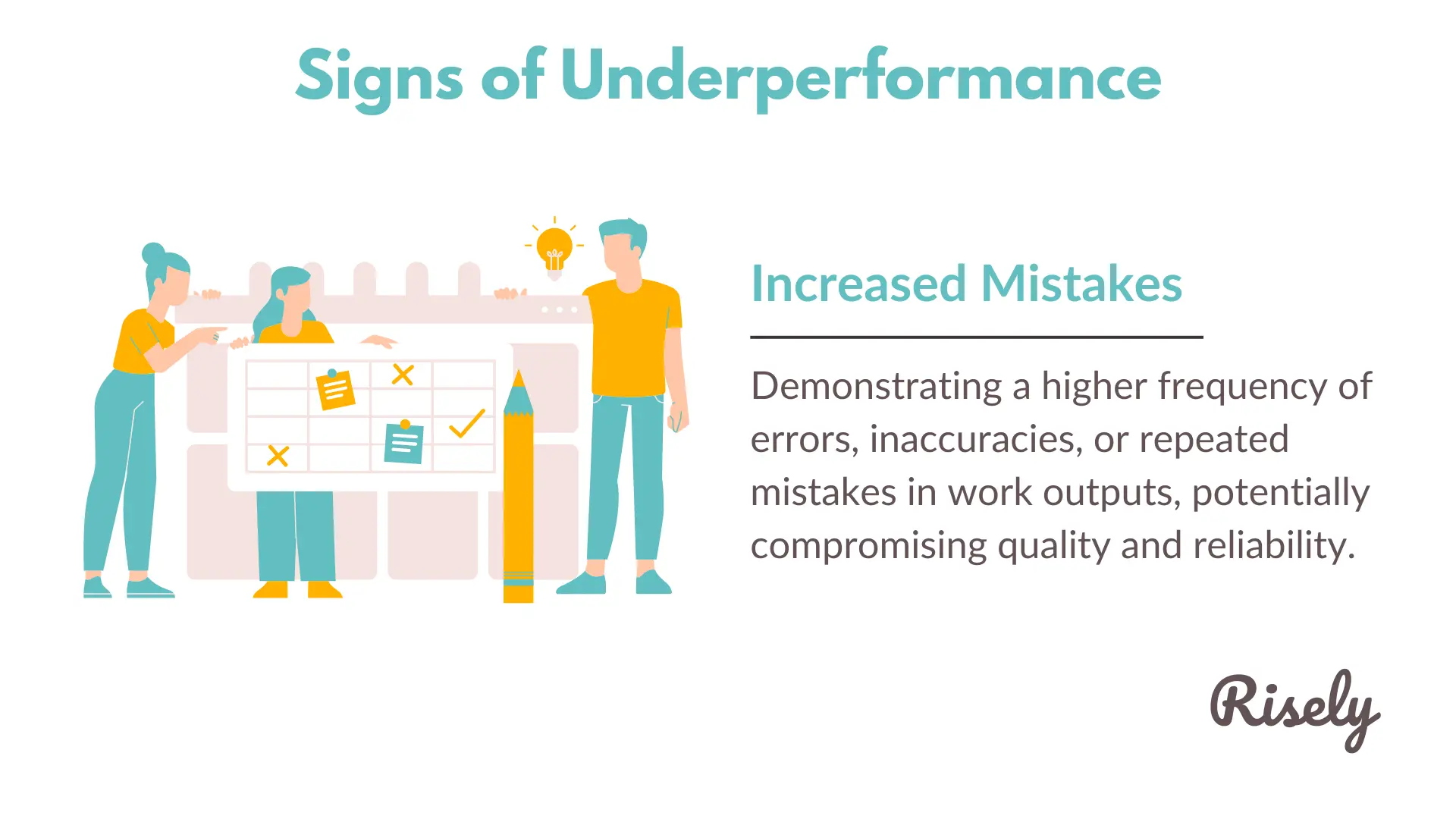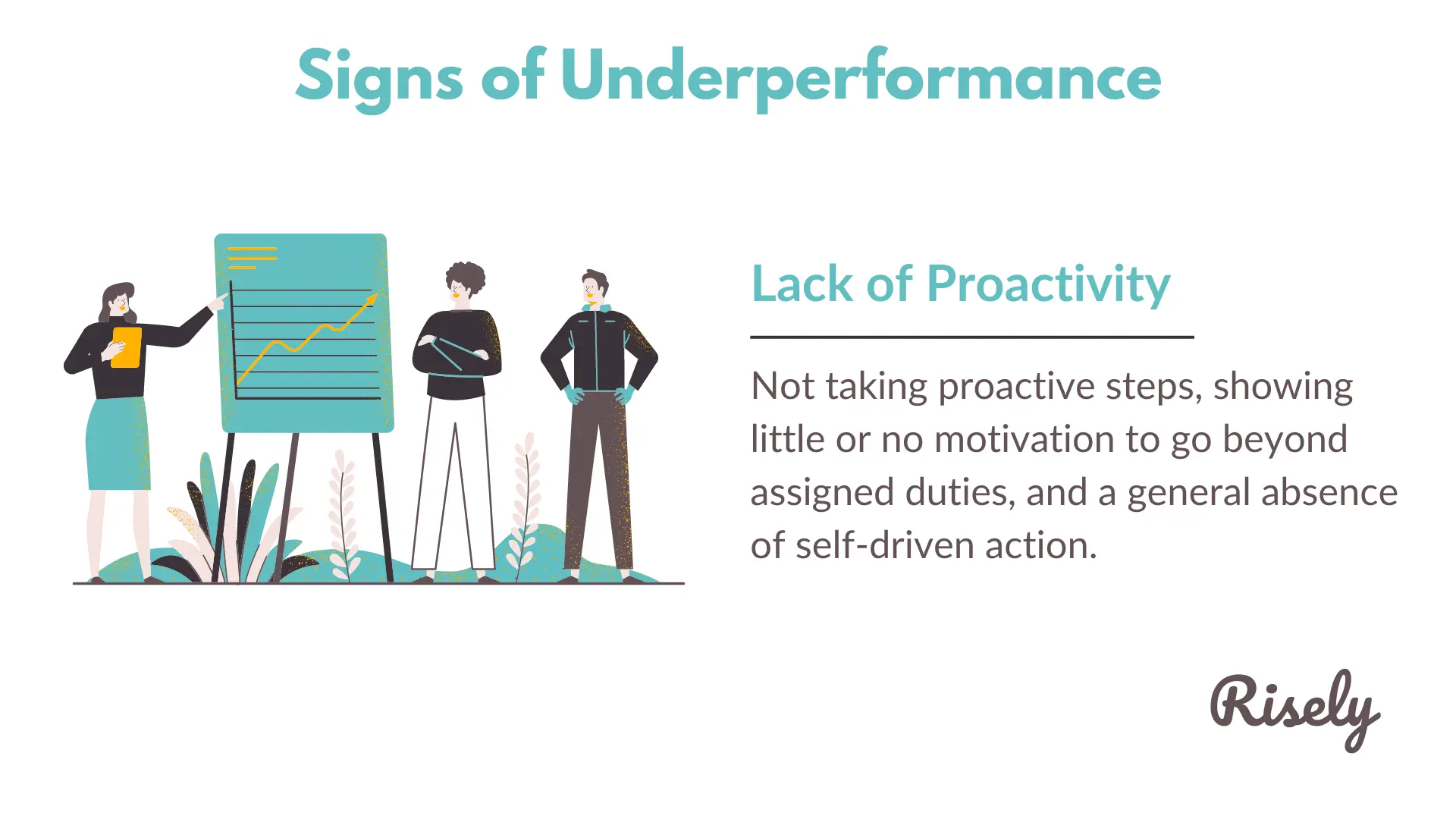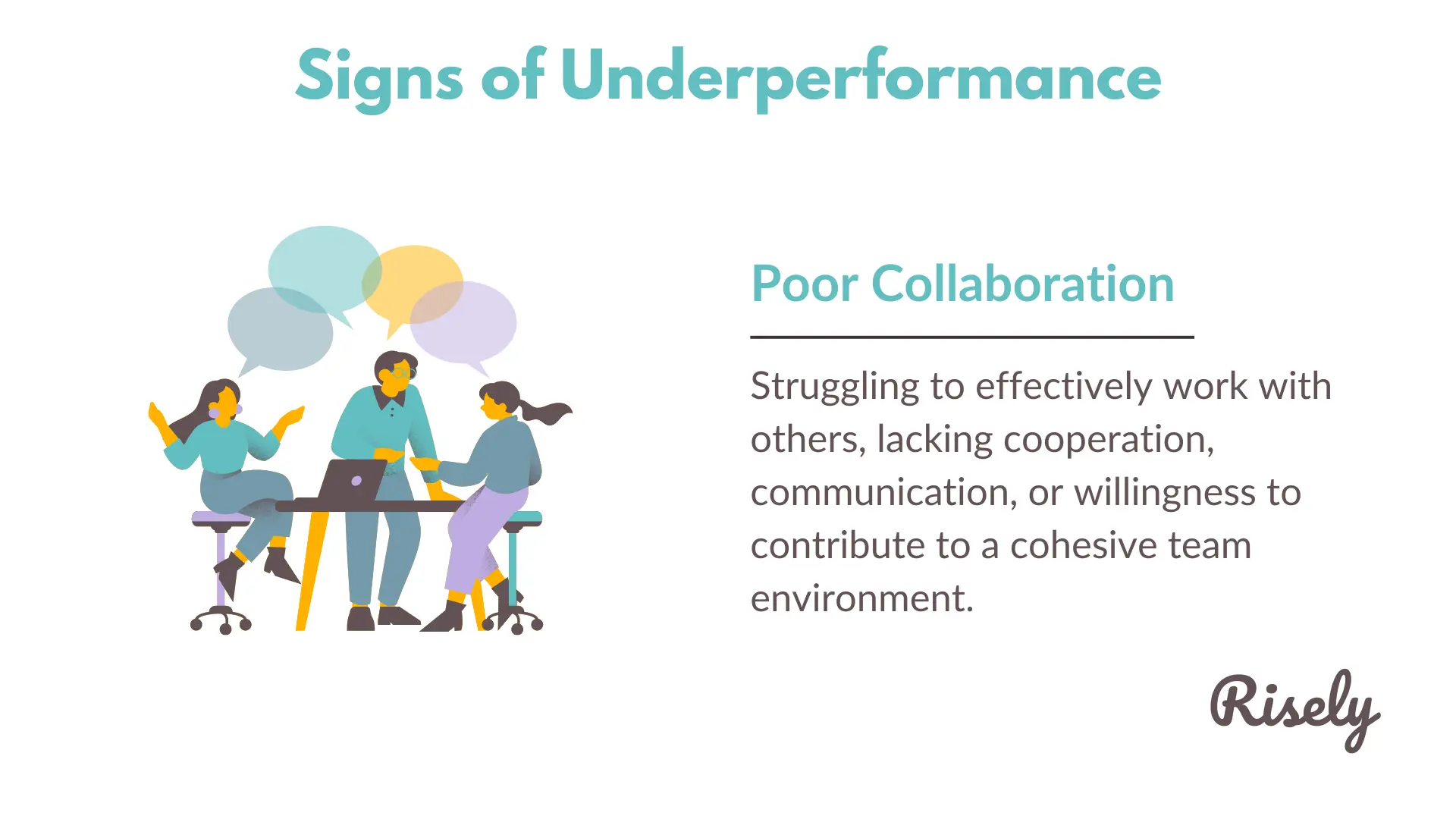How to Coach an Underperforming Employee? 5 Manager Hacks to Save Your Team
As a manager, you want to see your team succeed and thrive. But what do you do when one of your employees is not performing up to par? It can be challenging to navigate the delicate balance between addressing underperformance and supporting your employee’s growth. In this blog post, we will cover five effective hacks that will help you coach an underperforming employee in a constructive, supportive, and beneficial way for both the employee and the team. We’ll discuss how to recognize the signs of underperformance, understand its causes, and develop an action plan for improvement. We’ll also talk about how coaching can improve morale and share examples of successful coaching strategies. Lastly, we’ll highlight common mistakes to avoid and discuss how recognizing progress can lead to celebrating successes. So let’s dive in!- How to Coach an Underperforming Employee? 5 Manager Hacks to Save Your Team
- How to coach an underperforming employee effectively?
- Recognizing the signs of underperformance
- Understanding the causes of underperformance
- Developing an action plan for improvement
- The Role of Coaching in Improving Morale
- Examples of successful coaching strategies
- Coaching vs. Punishing: Why Coaching is the Better Choice?
- Common Mistakes to Avoid When Coaching for Underperforming Employees
- Achieving Success: Recognizing Progress and Celebrating Achievements
- Conclusion
- Other Related Blogs
How to coach an underperforming employee effectively?
Improving a team member’s performance is a difficult task that requires careful planning and execution. Start by identifying the reasons behind their underperformance to create a personalized performance improvement plan. Next, outline specific goals and expectations so everyone is on the same page. Coaching is often one of the best options for addressing underperformance issues; it can address work-related and personal issues affecting job performance. Additionally, coaching can prevent burnout, improve morale, and reduce employee turnover. Follow-up check-ins are essential for ensuring progress toward achieving the goals. HR or Performance Management tools can help streamline this process while providing additional training opportunities to learn new skills. Remember, coaching is about helping your team member improve their skill set without negatively impacting the rest of your team. Read more: Essential Guide to Effective Leadership CoachingRecognizing the signs of underperformance
Recognizing the signs of underperformance in a team member is crucial for ensuring overall success. By identifying specific indicators such as –- Missed deadlines
- Decreased productivity
- Lack of engagement
- Increased errors or mistakes
- Lack of initiative or proactivity
- Poor teamwork and collaboration
Understanding the causes of underperformance
To improve an underperforming team member’s work performance, it’s crucial first to identify the root cause of the underperformance. It may include a lack of skills or motivation. Communicating with the employee about their perspective can provide insight into any obstacles. For example, a lack of clear expectations could be another hurdle. Similarly, some other common causes of underperformance that managers need to consider are:- Lack of clarity in job expectations
- Insufficient skills or knowledge
- Inadequate training and development
- Low morale or motivation
- Poor work-life balance
- Personal issues or distractions
- Inadequate resources or tools
- Micromanagement or lack of autonomy
- Unclear goals or objectives
Developing an action plan for improvement
Creating an effective action plan for improvement involves identifying the underlying causes of an underperforming team member’s poor performance. Once pinpointing these issues, set specific performance goals and create a personalized coaching plan that includes training and development opportunities. Communication is key here; ensure that you provide regular feedback and offer support through regular check-ins. Avoid punitive approaches like termination or burnout. Instead, focus on creating a positive work environment by providing additional training if necessary. Finally, avoid common mistakes while looking into coaching for underperforming employees by following your company’s established performance management process.Providing regular feedback and coaching
Effective coaching strategies can help address a team member’s poor performance issues before things get out of hand. Regular constructive feedback and coaching for underperforming employees is the best option. But first, identify specific areas for improvement and create an action plan with clear performance goals and milestones. Start by creating an individual development plan for the team members with their consultation. Next, utilize additional training resources from management programs to help the struggling employee develop new skills that align better with performance expectations. Learning and development managers can take the help of executive platforms like Risely to focus on specific skills such as active listening or strategic thinking as well. Finally, don’t forget to offer positive reinforcement for an excellent job done while holding difficult conversations if needed. In this way, it becomes easier to manage employee performance issues without causing burnout or termination.Encouraging healthy work practices
Creating a supportive work environment can help improve the performance of an underperforming team member without resorting to termination. Encourage a good work-life balance, offer breaks, and provide employee training and development opportunities. Communicate performance expectations clearly and regularly with check-ins that allow for feedback on areas that need improvement. By recognizing progress towards performance goals through email or other forms of communication, you can boost morale, reduce burnout, and prevent high turnover rates. Focusing on coaching instead of punishing will give top talent new skills while motivating the rest of your team.Other Interesting Reads
The Role of Coaching in Improving Morale
Coaching is the best option for performance improvement for managers dealing with underperforming employees. Not only does it help identify areas of improvement and set performance goals, but it also boosts employee morale. To ensure effective coaching sessions, managers must actively listen and ask open-ended questions while providing constructive feedback to the employee. A supportive guide at work enables team members to find direction amid rapidly changing environments. Coaching for underperforming employees can ultimately prevent difficult conversations about termination and improve the overall work ethic of the rest of the team. Moreover, Coaching style is a proven way for leaders to grow themselvesExamples of successful coaching strategies
Let’s understand the effectiveness of using coaching for underperforming employees with the help of Sarah’s example! John, a sales representative, has consistently fallen short of his sales targets for the past few months. So Sarah, his manager, decides to use coaching techniques to help John improve his performance.- Setting Goals: Sarah sits down with John to understand his career aspirations and helps him set clear, achievable sales targets for the upcoming quarter. She conducts a performance review with John, analyzing his sales activities, customer interactions, and conversion rates to identify areas where he struggles.
- Feedback and Constructive Criticism: Sarah provides John with honest feedback, highlighting his strengths and pinpointing areas where he needs improvement. Finally, she offers suggestions for enhancing his sales techniques and overcoming obstacles. It’s like creating a feedback sandwich!
- Skill Development: Sarah identifies that John could benefit from additional sales training. Therefore, she arranges for him to attend a sales workshop or assign relevant online courses to enhance his knowledge and skills.
- One-on-One Coaching: Sarah schedules regular one-on-one coaching sessions with John to provide ongoing support. She uses these sessions to address his concerns, answer questions, and offer guidance on overcoming challenges.
- Performance Monitoring: Sarah implements a tracking system to monitor John’s progress toward his goals. In addition, she regularly reviews his sales metrics, provides feedback on his performance, and offers guidance on adjusting strategies if necessary.
- Encouragement and Motivation: Sarah consistently acknowledges John’s efforts and progress. She praises his achievements, celebrates small wins, and provides motivation and encouragement to keep him focused and motivated.
- Collaboration and Support: Sarah fosters a supportive team environment where John can seek peer learning or mentorship from top-performing sales representatives. In addition, she encourages knowledge-sharing and collaboration to help John learn from others’ experiences.
- Recognition and Rewards: When John shows significant improvement or achieves his sales targets, Sarah publicly recognizes his accomplishments and provides appropriate rewards or incentives, such as bonuses, certificates, or increased responsibilities.
Coaching vs. Punishing: Why Coaching is the Better Choice?
Coaching is always considered the best way forward when dealing with an underperformer on your team. Unlike punishment that primarily addresses negative behavior without genuinely identifying the root cause of underperformance that could stem from several reasons, such as a mismatch in skill set or even something going on in their personal life, coaching for underperforming employees takes into account all aspects of their work performance to create an action plan for improvement. This approach creates a positive work environment fostering trust between manager and employee while encouraging open communication and feedback, leading to better collaboration amongst the rest of your team. Effective coaching involves providing constructive feedback and recognizing the progress made through milestones that motivate employees to achieve their performance goals. You can do it too with a coaching leadership style.Common Mistakes to Avoid When Coaching for Underperforming Employees
To successfully use coaching for an underperforming employee, avoiding confrontational or critical behavior is essential while focusing on identifying and addressing performance issues. It involves developing an actionable performance improvement plan that highlights strengths and improvement areas while actively listening to the employee’s concerns. By avoiding some common mistakes listed below, managers can make their coaching style more effective:- Assuming One Size Fits All: Managers may assume that the same coaching approach will work for every team member. However, each individual has unique strengths, weaknesses, and learning styles, so it’s important to tailor coaching strategies accordingly.
- Overlooking Emotional Support: Managers may focus solely on performance improvement without considering the emotional well-being of their team members. Neglecting to provide emotional support and empathy can hinder the coaching process.
- Micromanagement: Some managers inadvertently slip into micromanaging using coaching for underperforming employees, which can demotivate team members and hinder their growth. It’s crucial to strike a balance between providing guidance and allowing autonomy.
- Lack of Feedback: Effective coaching for underperforming employees requires timely and constructive feedback. Managers who fail to provide regular feedback or delay providing it may hinder their team members’ progress.
- Failure to Listen: Managers should actively listen to their team members during coaching sessions. Neglecting to listen or dismissing their concerns can hinder effective coaching and damage the trust between manager and employee.
- Inconsistency: Inconsistent coaching approaches or feedback can confuse team members and lead to frustration. Managers should strive for consistency in their coaching efforts to promote clarity and progress.
Achieving Success: Recognizing Progress and Celebrating Achievements
Improving the work performance of an underperforming team member involves setting clear performance goals, providing regular feedback, and offering additional training. Celebrating milestones also keeps morale high and promotes a positive work environment. Recognizing progress and celebrating successes are important, which helps motivate the employee. Remember that terminating underperformers should be the last option after exhausting other options, such as training and development programs.Conclusion
Coaching an underperforming employee is not a one-size-fits-all approach. It requires careful analysis of the root cause, creating a tailored action plan, and providing regular feedback and support. By taking using coaching for underperforming employees instead of punishing, you can create a culture of growth and development for your team. Encourage healthy work practices and recognize progress to boost morale and motivation.Enhance your active listening skills to help your team grow.
Start with a free active listening skill assessment today to become the leader you have always wanted to be!
How do you coach an employee with poor performance?
Managers and team leaders can coach employees with poor performance with a collaborative approach. The process begins by understanding the primary causes of poor performance and working with the team member to mitigate them.
For instance, if the team member is performing poorly as they do not have the training required to accomplish tasks successfully, the manager can either mentor them or arrange training.
For instance, if the team member is performing poorly as they do not have the training required to accomplish tasks successfully, the manager can either mentor them or arrange training.
What are the various methods to coach an underperforming employee?
The most common ways to coach an underperforming employee include:
– Self-help ideas such as books
– Online and self-paced training courses
– One-on-One coaching by a manager or a senior
– Self-help ideas such as books
– Online and self-paced training courses
– One-on-One coaching by a manager or a senior
How do you encourage underperforming employees?
Managers can encourage their underperforming team members by highlighting the positives in their work. For instance, managers can ensure that the employees are appreciated for their efforts and recognized for the same. Similarly, facilitating growth is a mark of trust which can help improve morale among underperforming employees as well.
Other Related Blogs
Building a Coaching Culture with Jo Wright
Building a Coaching Culture with Jo Wright As AI takes over, we are all searching for the part that makes us truly human. For most managers and leaders, this search…
What is Immersive Learning? A New Era in Education
In this blog, you’ll learn what is immersive learning and how it is changing training, increasing engagement, and influencing the future of workforce development. … Read More
The Clear Coaching Models: A Revolutionary Approach to Coaching
This blog delves into the principles, significance, and applications of the CLEAR coaching models, exploring how they transform organizational development and enhance effectiveness. … Read More
Drive Meaningful Growth With The STAR Coaching Model
In this blog, we will explore the key elements of the STAR coaching model, outline effective implementation strategies, and discover best practices for enhancing coaching conversations. … Read More



